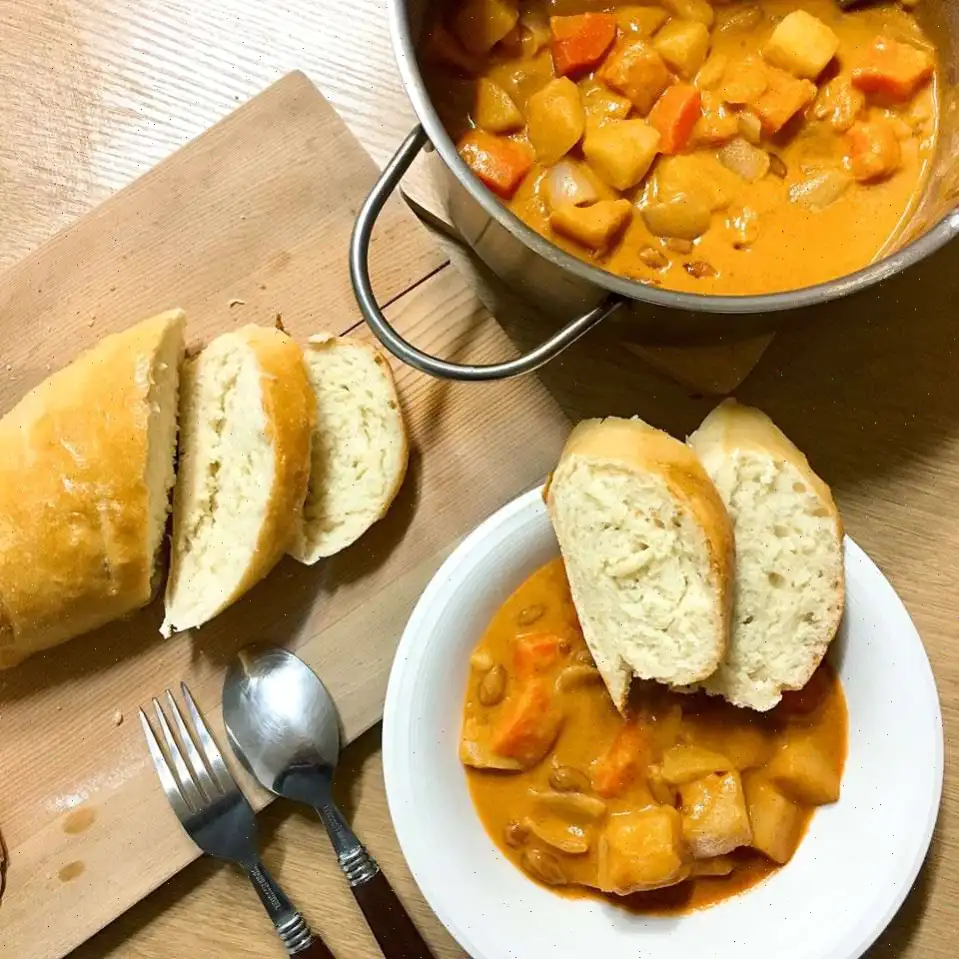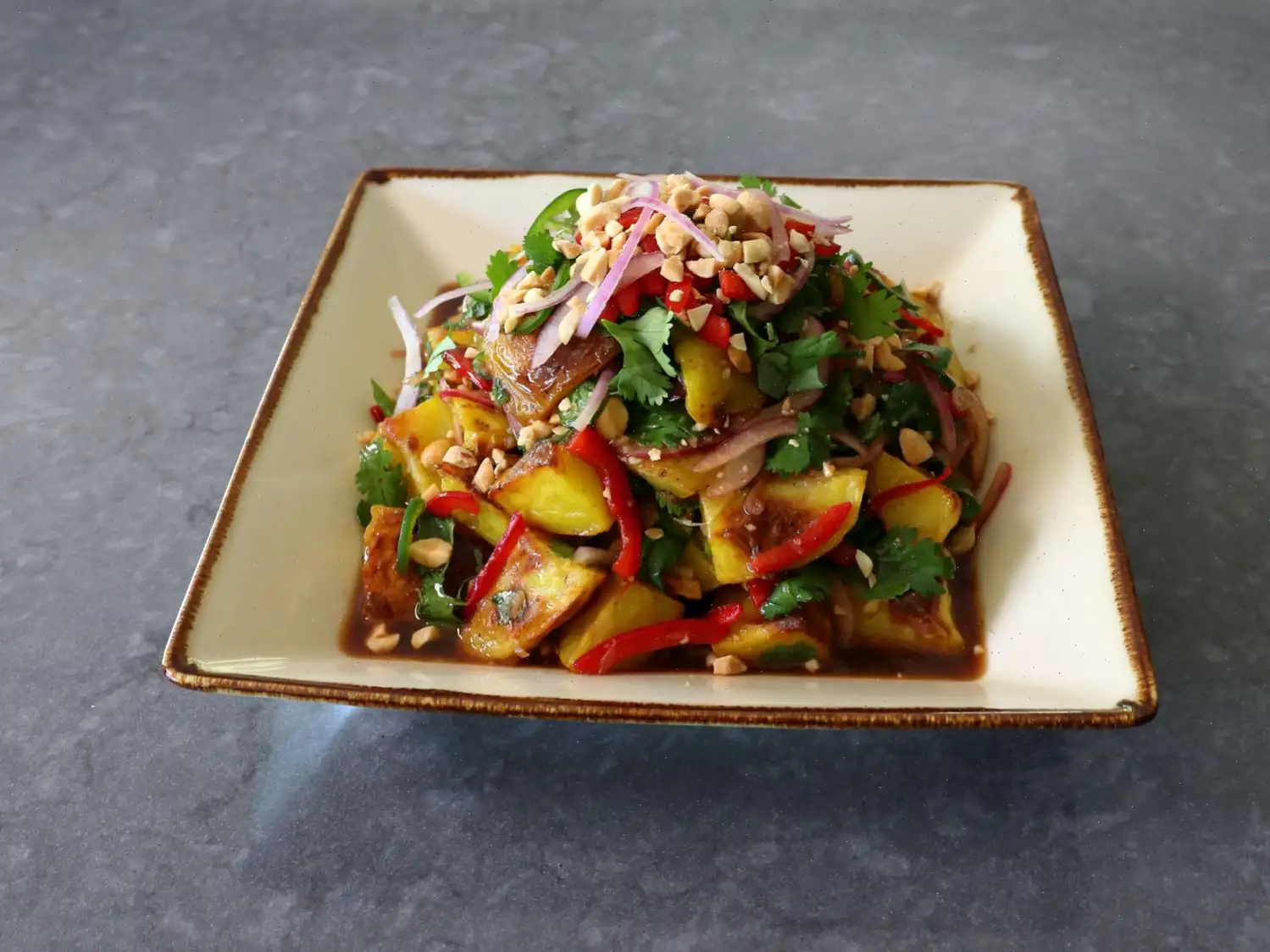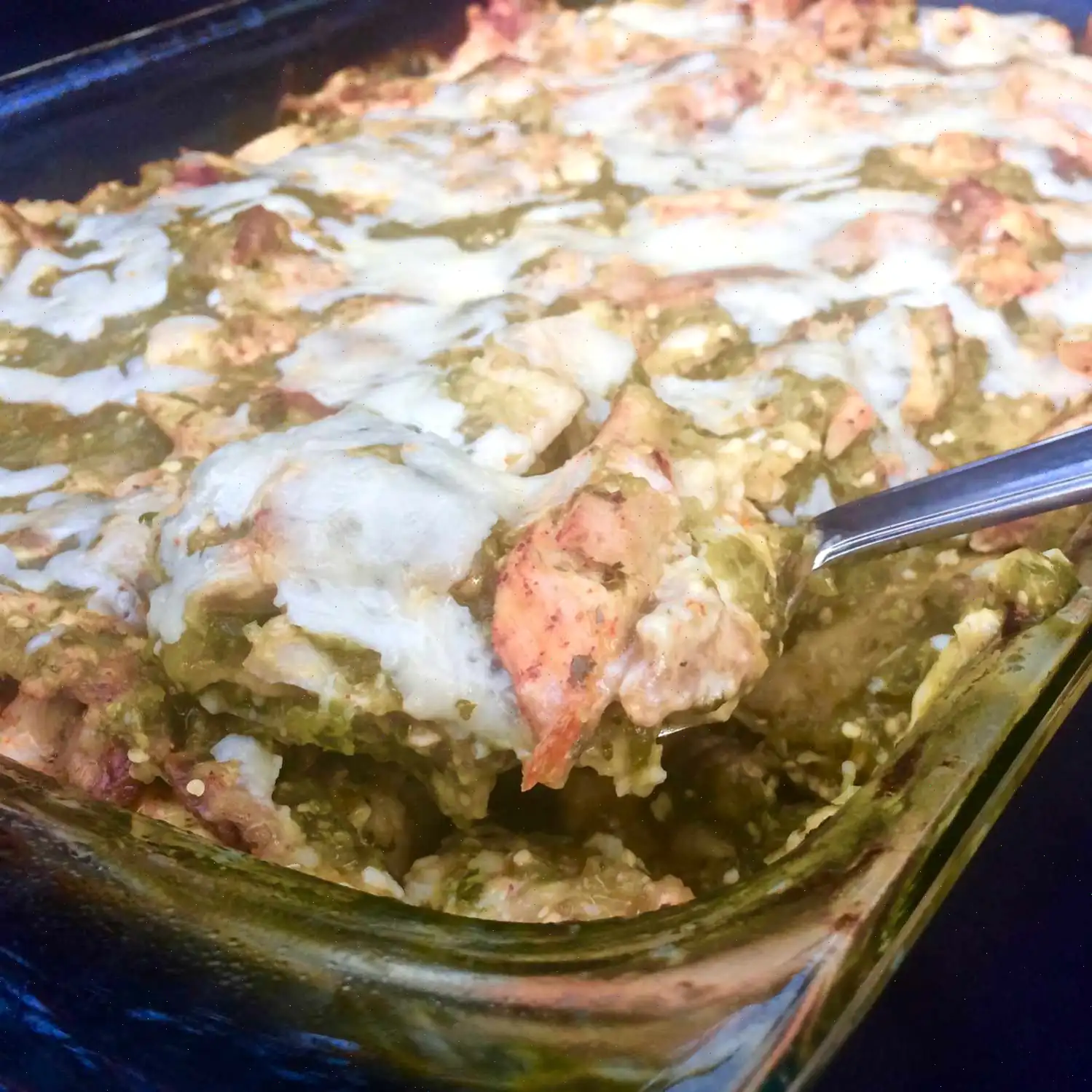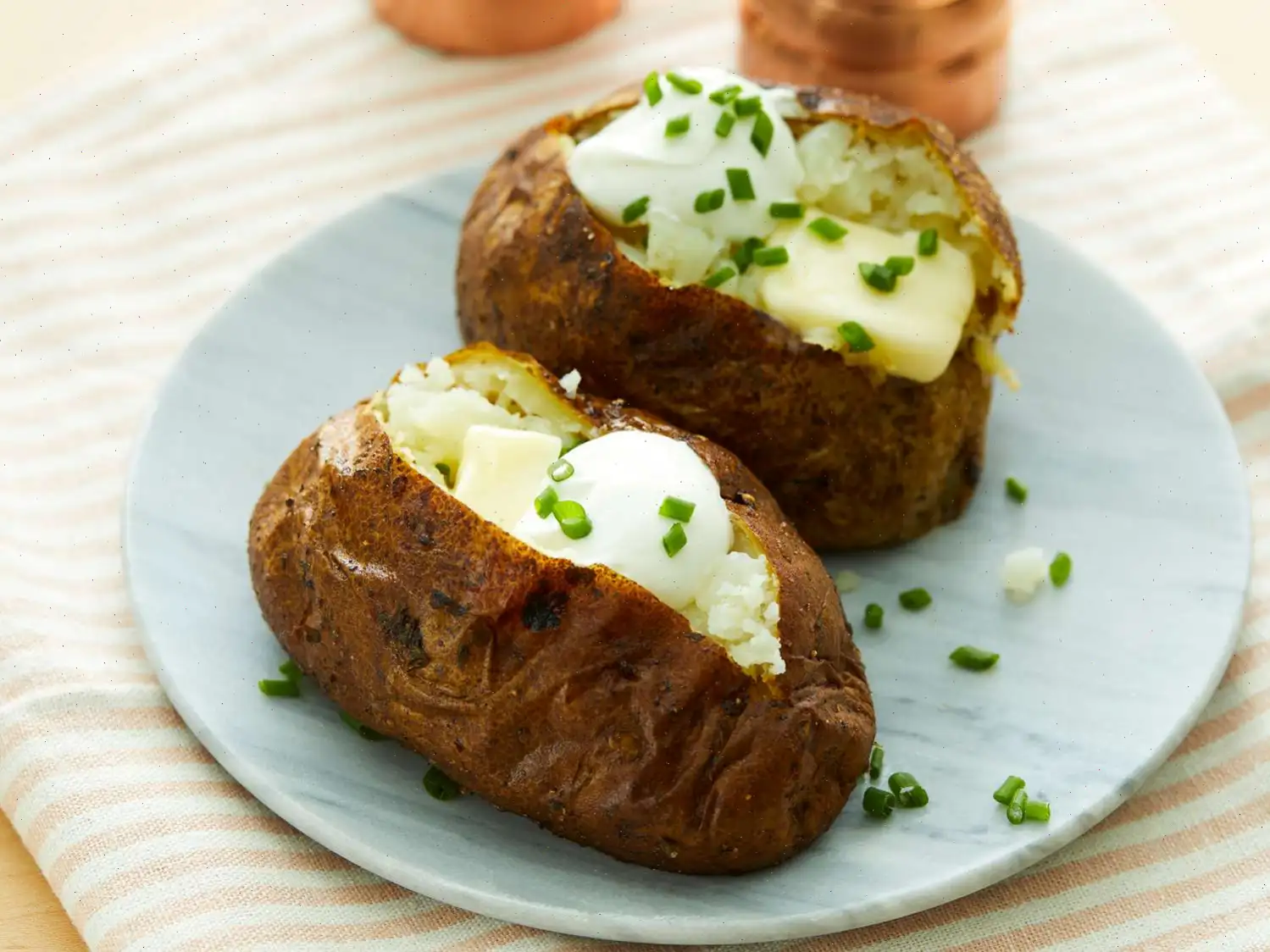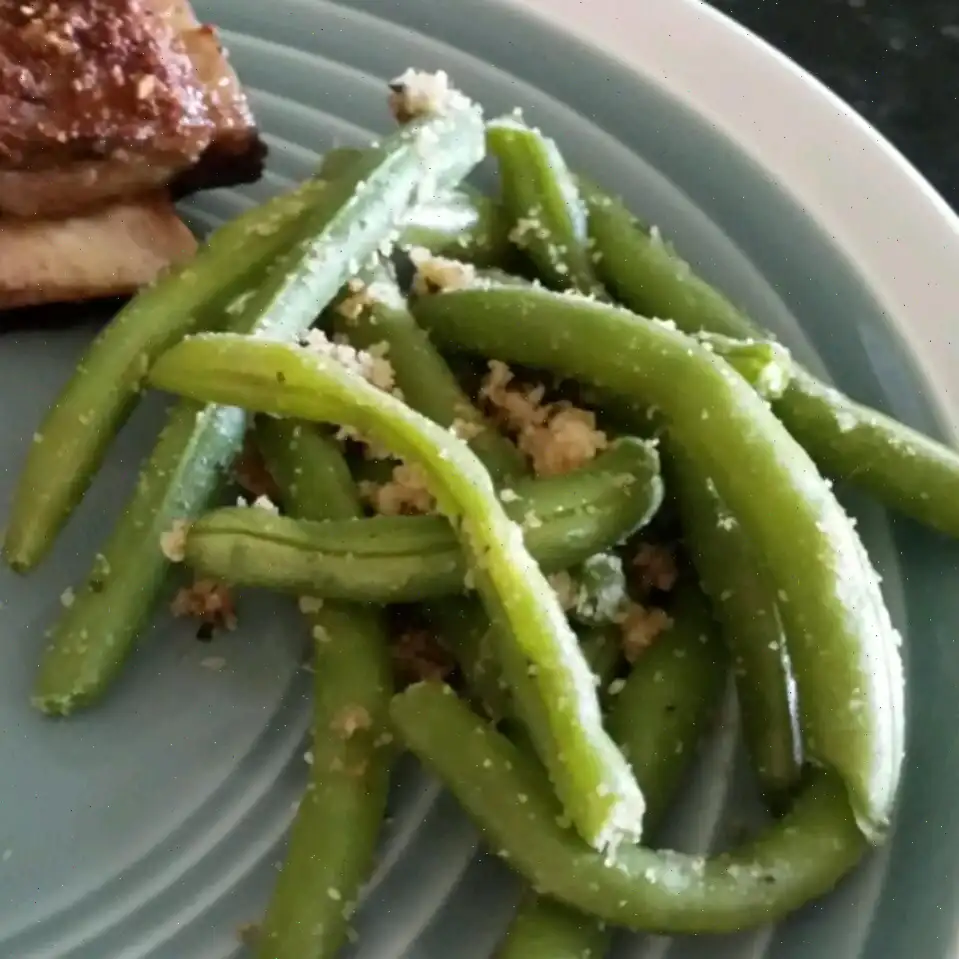
Chicken Massaman Curry Recipe
Ingredients
- 2 tablespoons vegetable oil
- 3 tablespoons curry paste
- 1 (3/4 inch thick) slice ginger, minced
- 1 pounds skinless, boneless chicken breast meat - cubed
- cup peanut butter
- 3 tablespoons brown sugar
- 3 tablespoons fish sauce
- 3 tablespoons tamarind paste
- 3 cups peeled, cubed potatoes
- 1 (13.5 ounce) can coconut milk
- 3 tablespoons fresh lime juice
Directions
- Gather all the ingredients together before starting.
- In a large saucepan, heat the vegetable oil over medium heat.
- Once the oil is hot, stir in the curry paste and minced ginger. Cook and stir for 2 minutes until fragrant.
- Add the cubed chicken to the pan and cook for about 3 minutes, or until the chicken turns white on the outside.
- Mix in the peanut butter, brown sugar, fish sauce, and tamarind paste. Stir well to combine all the ingredients.
- Add the cubed potatoes and coconut milk to the pan. Stir everything together and bring to a boil.
- Once boiling, reduce the heat to medium-low, cover the pan, and simmer for about 20 minutes, or until the potatoes are tender and the chicken is no longer pink in the center.
- After 20 minutes, stir in the fresh lime juice and cook for an additional 5 minutes.
- Once everything is well-combined and the dish has thickened slightly, its ready to serve!
Nutrition Facts (per serving)
| Calories | 690 |
| Total Fat | 41g |
| Saturated Fat | 22g |
| Cholesterol | 73mg |
| Sodium | 1221mg |
| Total Carbohydrate | 47g |
| Dietary Fiber | 6g |
| Total Sugars | 14g |
| Protein | 38g |
| Vitamin C | 28mg |
| Calcium | 75mg |
| Iron | 6mg |
| Potassium | 1140mg |

Chicken Massaman Curry is a comforting and aromatic dish that embodies the fusion of flavors characteristic of Thai cuisine. The curry is rich in spices, with its signature creamy texture thanks to coconut milk. Known for its slightly sweet and savory taste, Massaman curry blends flavors of curry paste, tamarind, peanut butter, and lime, creating a mouthwatering experience.
Origin of Massaman Curry
The origins of Massaman curry can be traced back to Southern Thailand, though it has strong roots in Persian and Indian culinary traditions. "Massaman" itself is thought to be derived from the word "Muslim," reflecting the influence of Muslim traders in the region. This curry became popular due to the combination of rich spices like cinnamon, cardamom, and cloves, which were introduced by Persian and Arab merchants. Over time, these influences merged with local Thai ingredients to create the iconic dish we know today.
Regional Variations
In Thailand, Massaman curry is more commonly associated with the southern region, especially in cities like Phuket and Krabi, where it is a staple in both street food markets and restaurants. In the more traditional recipes, Massaman curry often includes ingredients such as roasted peanuts, potatoes, and sometimes pineapple or tamarind, giving it a unique sweet-sour profile that sets it apart from other Thai curries. The inclusion of coconut milk and peanut butter makes this curry stand out as one of the creamiest and most fragrant dishes in Thai cuisine.
How It Differs from Other Curries
Unlike other Thai curries such as red, green, or yellow curries, which are typically known for their spicy heat, Massaman curry stands out for its milder, more aromatic flavor. It incorporates spices like cinnamon, cloves, and star anise, which are uncommon in many other Thai curry varieties. While red and green curries rely heavily on fresh herbs like basil and cilantro, Massaman has a more subdued, slightly sweet and savory flavor profile thanks to its combination of peanuts, tamarind, and brown sugar. These ingredients, along with the cinnamon and nutmeg, give Massaman curry its distinctive flavor.
Where Is It Typically Served?
Massaman curry is often served in Thai restaurants worldwide, both as a standalone dish or alongside rice. It is a popular choice for both lunch and dinner, enjoyed by those looking for a rich, flavorful curry. In Thailand, Massaman curry is a traditional dish for special occasions such as festivals, family gatherings, and religious ceremonies. It is frequently paired with jasmine rice or served with a side of roti, a type of flatbread, to scoop up the delicious curry sauce.
Fun Facts About Massaman Curry
- In 2011, Massaman curry was recognized as one of the world's 50 most delicious foods by CNN.
- The dish has Persian origins and is believed to have been introduced to Thailand by Muslim traders in the 17th century.
- Although its called a curry, the flavor profile of Massaman is much less spicy compared to other Thai curries. This makes it an excellent choice for people who are sensitive to heat.
- In Thailand, the curry is often served with a variety of meats, including chicken, beef, and lamb, but chicken is the most common choice in home-cooked recipes.
- Massaman curry's inclusion of peanuts is a nod to the Persian influence, as peanuts were introduced to the region by traders centuries ago.
Whether you're new to Thai cuisine or a seasoned fan, Chicken Massaman Curry offers a delicious introduction to the rich flavors of Thai cooking. With its blend of sweet, savory, and aromatic spices, it's a perfect dish for any occasion.
FAQ about Chicken Massaman Curry Recipe
Comments
Michael Baker
05/15/2023 05:00:33 AM
I have been preparing this dish regularly for the past few years, and it has become a crowd favorite! It's delicious served over rice or on its own in a bowl. While I mostly stick to the recipe, I do make a couple of substitutions. Initially, I had trouble finding tamarind paste, so I sought advice from my Malaysian friend for a suitable alternative. She recommended using raisins and a little water to create a paste, which I blend using an immersion blender. Additionally, I prefer to use sweet potatoes instead of white potatoes, as they complement the dish perfectly. This recipe has become a staple in our household, and it's always a hit with everyone who tries it!
Janet Mitchell
05/29/2025 07:51:47 AM
I had a bit of trouble finding all the required ingredients, so I ended up making some substitutions. Lacking curry paste and tamarind paste, I used the following substitutes: - 3 tablespoons of yellow curry powder - 1 teaspoon of smoked paprika - 1 teaspoon of chili paste - 2 tablespoons of ginger paste - 2 tablespoons of fish sauce - 1/2 cup of peanut butter (I prefer extra) - 2 cans of coconut milk I also used sweet potatoes instead of regular ones, and added: - 1 whole diced onion - 1/2 diced red pepper - 1 cup of green beans I started by cooking the chicken in a pan separately before adding it to the sauce. I find it easier this way, even though I know the chicken will be fully cooked in the end. Then I added the potatoes and stirred in the spices, including the ginger, until fragrant (about 15 seconds). Next, I added the coconut milk, peanut butter, and fish sauce, and let it simmer for 20 minutes. I added the onions and green beans in the last 5-10 minutes, along with some fresh lime juice. While the curry was simmering, I prepared some rice. The result was very good, and I would definitely make this dish again!
Pamela Taylor
11/29/2022 11:33:35 AM
This dish is absolutely perfect and incredibly quick to prepare! I prefer to use broccoli and sweet potato in mine, and I reduce the amount of fish sauce to 1 tablespoon. Instead of tamarind paste, I opt for 1 tablespoon of tamarind concentrate as it's much easier to work with.
Pamela Edwards
10/06/2022 03:32:19 PM
Living in Thailand, I must say that this curry is one of my absolute favorites! It exudes warmth with a hint of cinnamon that is truly delightful. However, to elevate this dish to an exceptional level, a few tweaks are necessary. Firstly, using Massaman curry is essential, as regular curry lacks that distinctive cinnamon flavor. Known as "Muslim curry" in Thai cuisine, it offers a unique regional taste that shouldn't be missed. Secondly, I highly recommend adding broth in addition to coconut milk to enhance the meaty depth of the curry. Thirdly, for a more authentic street food experience, throw in some carrots and onions, which are popular Thai ingredients. And lastly, adding pineapple to this recipe can take it to a whole new level of deliciousness! Overall, while I love this dish, incorporating these upgrades will truly transform it into a high-quality meal that captures the essence of authentic Thai cooking. The basic recipe is a good starting point, but with a few enhancements, it can truly shine.
Kenneth King
04/06/2025 03:40:56 PM
Here is the rewritten review: I tried out this recipe for dinner with my boyfriend, but it turned out too sour due to the 3 tablespoons of tamarind paste. We attempted to balance it out by adding extra coconut milk and sugar, but lacking baking soda, we ended up with a curry that was still too tangy.
Jacob Hall
10/05/2024 08:45:35 PM
The recipe was fantastic! I decided to enhance it with a touch of cinnamon. The final result was absolutely delicious!
Eric Parker
08/18/2022 04:13:12 AM
Outstanding


